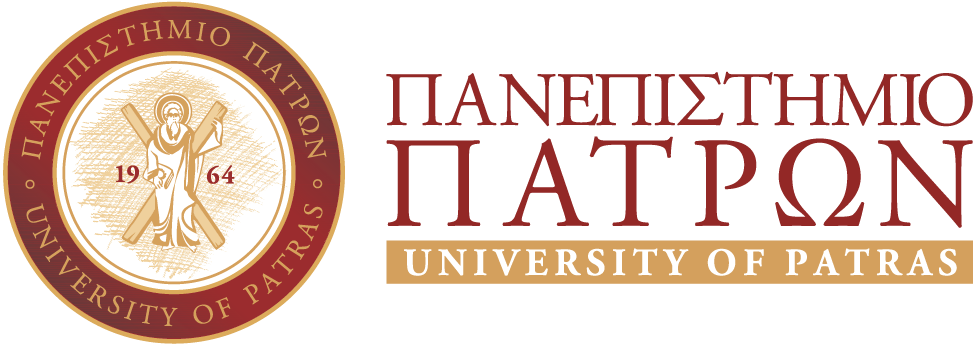Course : Artificial Organs
Course code : EE952
Ellective - G. Athanasiou, A. Sakellarios, K. Apostolopoulos, G. Michanetzis
Course Description

Aims & Objectives
To provide the student with basic knowledge necessary for the technology and design of artificial organs and limps with specific attention to the blood rheology, biomechanics, electromechanics, biocompatibility and material choice Learning outcomes & Competences The students will be able to: 1. Describe and explain basic concepts of artificial organs, joints and limps technology. 2. Identify the significant parameters necessitate organ geometry, biomechanical function, materials? characteristics, biocompatibility, patient connection or implantation methodologies and external support. 3. Describe and explain the strategies followed for the whole organ tissue engineering.
Prerequisites Basic knowledge from topics of Biomechanics, Biomaterials, Materials chemistry, biochemistry, experimental materials strength, cell-tissue biology, Design
Agenda
Announcements
All announcements...-
Wednesday, November 20, 2024 at 9:53 AM
-
Monday, May 13, 2024 at 10:16 AM
-
Tuesday, March 12, 2024 at 11:20 AM
-
Monday, February 26, 2024 at 10:39 AM
-
Friday, June 2, 2023 at 9:46 AM
